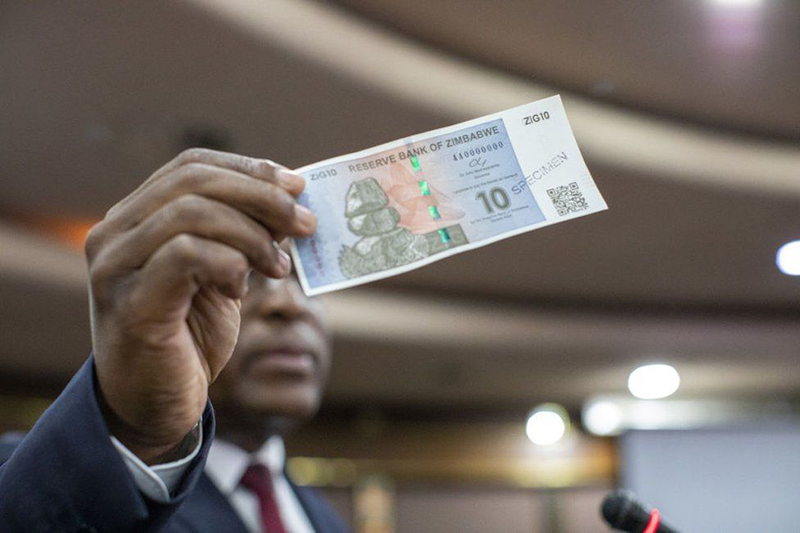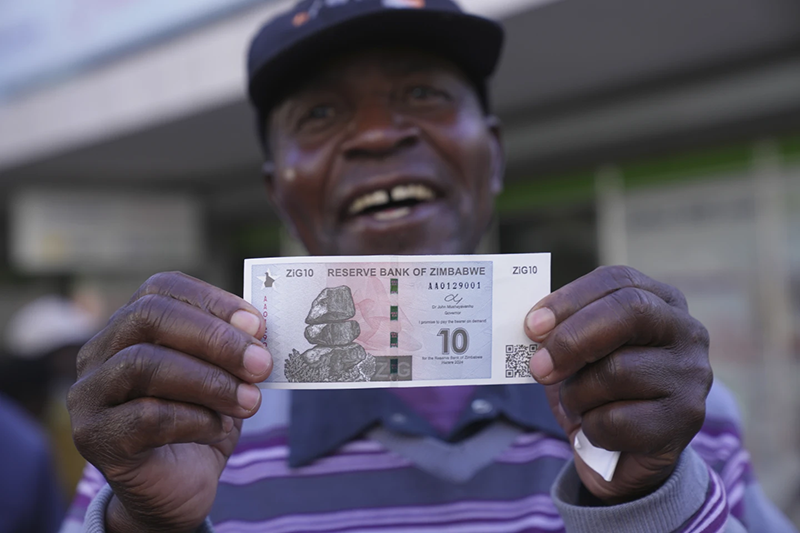- Economy
- No Comment
IMF says Zimbabwe’s ZiG currency has ended bout of instability

By Bloomberg
The International Monetary Fund says the introduction of a bullion-backed currency by Zimbabwe in the second-quarter of this year has helped to end instability that had plagued the economy.
“The ZiG official exchange rate has so far remained stable, ending a bout of macroeconomic instability in the first three months of the year,” the Fund said in an emailed statement late Wednesday at the end of an Article IV Mission to the country. “Assuming that macro-stabilization is sustained, cumulative inflation in the remainder of the year is projected at about 7 percent.”
The rapid decline of the defunct Zimbabwe dollar fanned inflation, leading to an increase in the cost of goods and services, as the local currency lost value every single trading day on both the official and parallel markets.
The local dollar’s sharp collapse also fuelled difficulty in making day-to-day transactions as more zeros had to be added to the prices of goods in supermarkets and restaurants to keep track of its weakness.

The ZiG is the nation’s sixth attempt at having a functioning local currency in the past 15 years. It is backed by 2.5 tons of gold and $100 million in foreign currency reserves held at the central bank.
Monetary authorities have vowed not to print any ZiG not sufficiently backed by the reserves in order to avoid the printing press widely seen as behind the fall of past local units.
The Washington-based lender also commended the “improvement in monetary policy discipline” and urged further refinements to the policy framework. Earlier Wednesday, the central bank’s monetary policy committee kept interest rates unchanged at 20%, a day after holding a rates decision meeting.
“The MPC has resolved to maintain the current tight monetary policy stance to ensure the sustenance of the current stability,” said Governor John Mushayavanhu.
